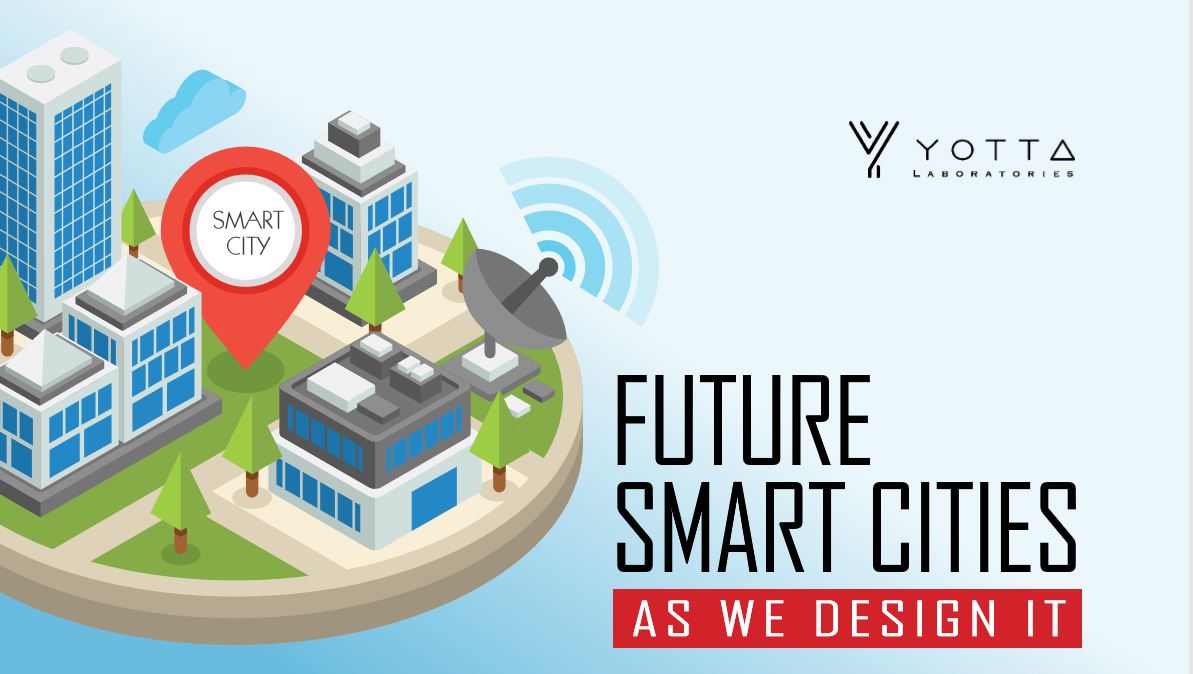Future Smart Cities

According to the research, U.S Data centre’s use 40% more power than the entire UK. Though we constantly read articles on how harmful the combustion engines in vehicles are, we are losing sight on the hidden issues. We are moving into a new and very exciting era which involves the creation of smart cities, smart homes and internet based devices however, we are not looking eye to eye on the power consumption these devices produce. For example in 2018 there were more than 1 trillion of photos taken and 85% of them from our smartphones roughly 125 pictures per person which people are now storing these images on the cloud or in reality in huge data centres which is a huge concern that should be taken into consideration.
- Google has in excess of 19 data centres that uses upto 260 million watts of power which accounts to 0.01% of global energy that can be consistently power 200,000 homes.
- Facebook, with around 1 billion users has its own server farms and the data centre facility uses 8 Kilowatts of power. Facebook has data worth over 100 PB capacities and as per the recent press release, Facebook has admitted that its users utilize around 7PB of photo storage from its facility every month.
- Amazon has 450,000 servers and has spent around $86 million on its servers. It stores 40 billion objects on it’s cloud storage business. Amazon Web Services has 40,000 servers dedicated to its cloud customers and gets 17 million monthly visitors who access 410 TB of data from its platform and 30 million of Amazon users stream 40PB of videos per month.
- With 1 billion users and 100,000 servers, Microsoft has approximately spent $23 billion on its data centres. In 1989, Microsoft came up with its first data centre which was 89,000 sq.ft and designed its own data centre with 500,000 sq.ft in 2006, In 2013 it adds up to $112 million facility.
While data centres provide a great opportunity for sustainable development, since they use large amounts of power the push for greener computing infrastructure is causing many organisations to rethink their location and designing data centre space to meet requirements. When companies tend to cut consumption levels the efficiency of modern-day products and devices could operate more efficiently. Although the grid doesn’t specify the difference between renewable and coal fired operations, some geographic areas are certainly known for their production of renewable energy with positive branding and CSR as secondary benefits. By purchasing renewable energy sources or reducing energy use, minimising environmental footprints, green initiatives can decrease bottom line operating costs.

During early stages of research, energy consumption was never Yotta’s first priority because practically we focus on developing new technology to sustain the supply and demand for the world that demands speed and convenience. Several years ago when Yotta was designing the decentralised cloud network platform.They realised that by decentralising the system and making the units smaller it requires less cooling and therefore there is less energy consumption by 47% compared to traditional data centres. The data scientists at Yotta Laboratories made a major breakthrough when the discovery of this came forth. Later on the research started on how to make data storage more energy efficient and by designing a 5 petabyte edge cloud platform it was possible for Yotta to eradicate the cooling and by sharding the data they could control the system by switching of the power and then sending pockets of data during the night when power consumption is reduced.
DECENTRALIZED ENERGY GRIDS
Decentralized energy grids, linked to the emergence of renewables and distributed generation sources around the world has the potential to cut costs, increase energy efficiency, improve reliability and support renewable energy integration. Coordination issues across grids, however, remain largely unresolved. Blockchain can provide the solution using smart contracts to optimize coordination, enabling genuinely local markets for energy trading. For example, installation of blockchain software with integrated smart contracts, coupled with smart-meter technology, allows for traceability and verification of energy sources, efficient peer-to-peer trading, better balancing and optimization of energy load and demand. Peer-to-peer trading also can support and bolster renewables uptake, minimizing the need for energy companies, energy traders, payment providers, and reduce energy transportation losses. Furthermore, transactions can be securely and automatically recorded, with smart contracts on a blockchain establishing a transparent process users can trust, but with better protection against cyber-attacks. Decentralized grids additionally can build local energy resilience through rerouting power in response to a natural disaster, or in areas around the world where energy scarcity is prevalent.
In future, the global transition to electric mobility could be integrated into decentralized energy systems, further adding to energy-system storage and demand supply balancing. Blockchain-based networks allows electric vehicle owners to charge their car via any charging station network autonomously and charged for the energy consumed. This type of charging information can help optimizing decentralized grid solutions.
NEW ENERGY MANAGEMENT PLATFORMS
Scaling up the amount of renewable energy generated in the global energy mix is a central part of the 2015 Paris Agreement on climate change transition. However, integrating high percentages of renewable energy such as solar and wind into traditional energy grids can present challenges to their stability and predictability. To facilitate the generation and distribution of renewable energy necessarily, a range of transactive energy technologies enabling electricity storage, energy trading, demand forecasting and management will need to be integrated into new intelligent “smart grids” which can be offered by blockchain.
A secondary market can exist to represent the environmental and social benefits of the electricity purchases through Certificates of Origin. However, the system for buying such certificates is often complex, with many organizations acting as intermediaries adds time, labour and cost burden to the process, and can breed a lack of trust to the accuracy of counting and trading. Blockchain’s verification, traceability and transparency capability could significantly streamline this complex process and introduce confidence. It could also reduce the barriers to entry for smaller organizations, encouraging for Certificates of Origin and helping to grow demand for renewable electricity.
NEXT-GEN SUSTAINABILITY MONITORING, REPORTING AND VERIFICATION
Corporations face increasing pressure from investors, consumers, governments and regulators to demonstrate sustainable business models and, in parallel, to prove their environmental credentials. Their sustainability reporting and external assurance of their environmental performance is an increasingly important aspect for good corporate management. Blockchain has the potential to transform both sustainability reporting and assurance, helping companies manage, demonstrate and improve their performance, while enabling consumers and investors to make better decisions. Blockchain can enhance corporate reporting by enabling the independent sourcing and verification of company performance beyond the self- reported data often currently reported. This broader assessment would provide shareholders and stakeholders with a more realistic view of company’s performance and impact. Methods such as rewarding stakeholders with automatic smart contract payment incentives for providing and verifying that data could act to incentivize governments and corporations to deliver on reporting and other environmental strategic objectives. Furthermore,if combined with third-party measurement and verification tools (e.g. advanced satellites and sensors) would provide independent and accurate information to support an entity’s management and investor decisions, improving market efficiency and providing incentives to drive change. Blockchain applications are being developed to support third-party assurance of sustainability reporting. There is an ongoing research and piloting of applications to increase transparency and data authenticity. Automatic data collection and management (GHG emissions) could be released through smart contracts in order to access real-time, trustworthy data and minimize fraud. Improved GHG accounting through blockchain could increase effectiveness of carbon taxation as performance is contingent on transparent and trustworthy GHG emissions data. The challenge is the willingness of organizations to report and store sensitive data on a decentralized network, the advances in technologies are very exciting and will impact everyone.

Fore more information
Gary Spence MA
CEO,Yotta Laboratories
Gary.spence@yottalaboratories.com






